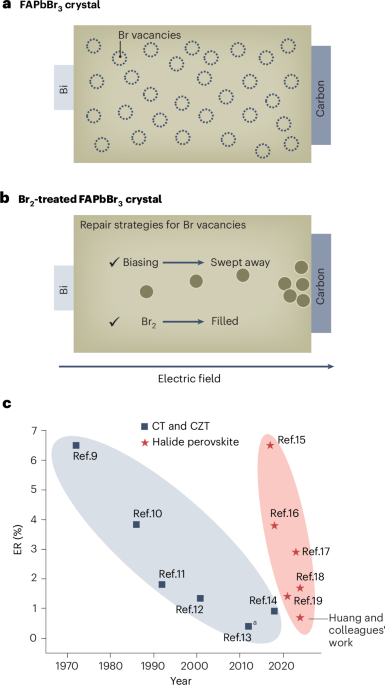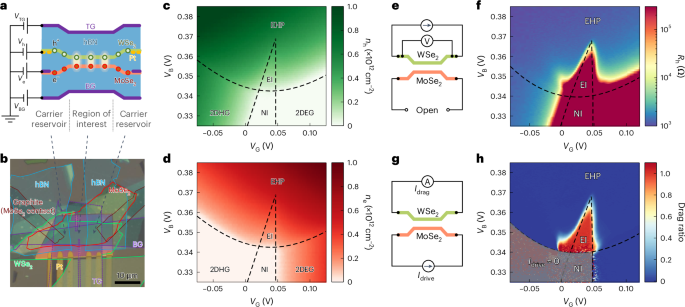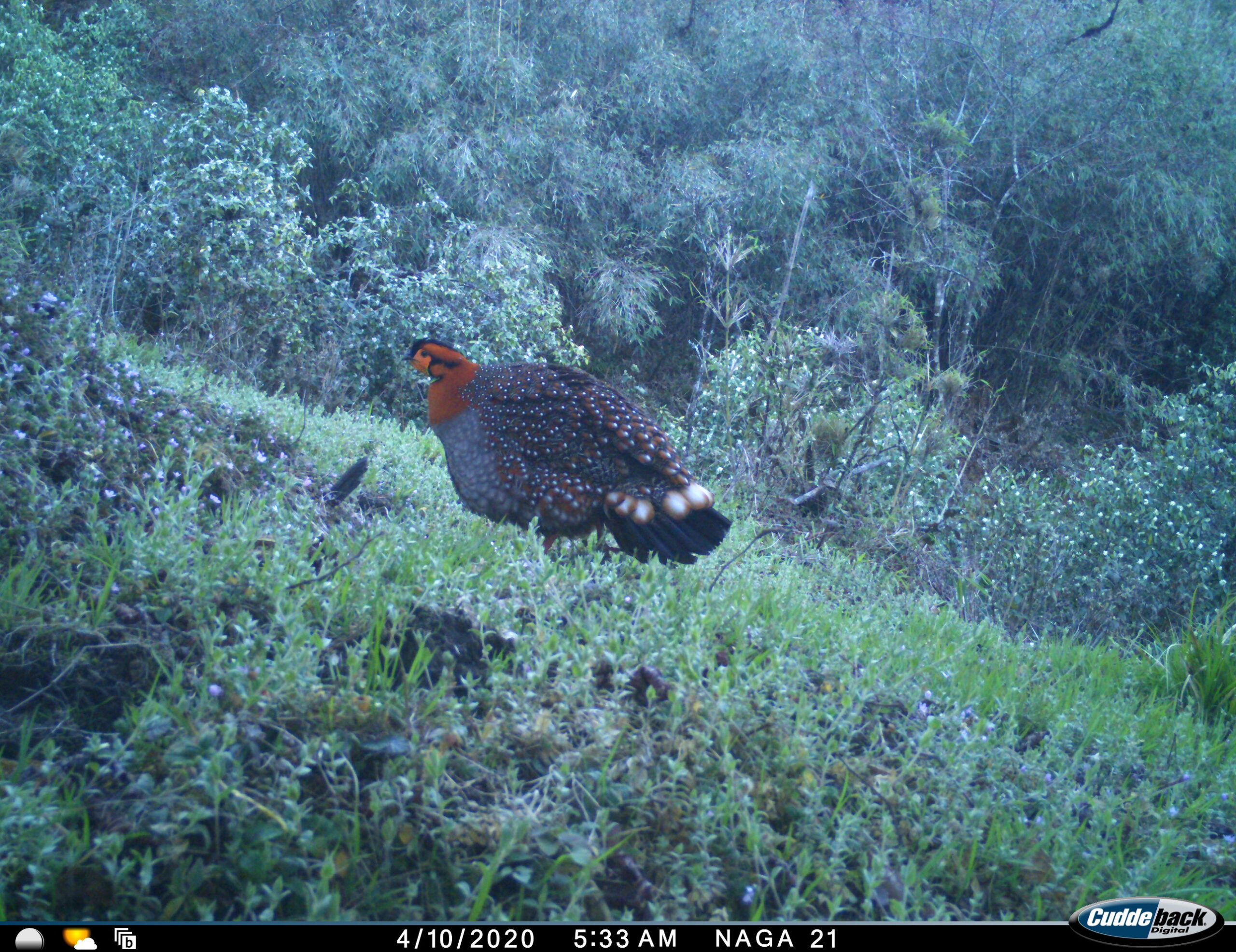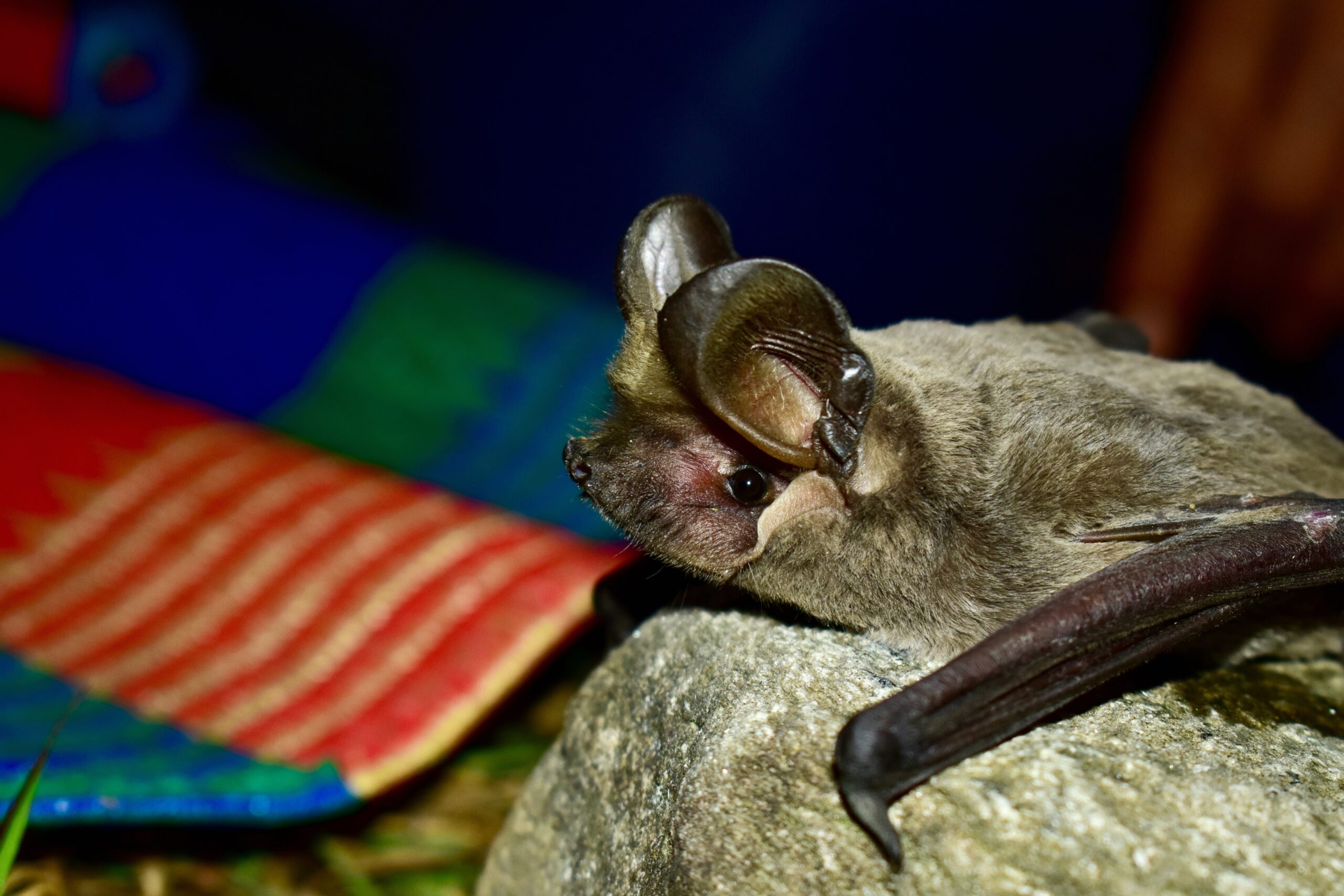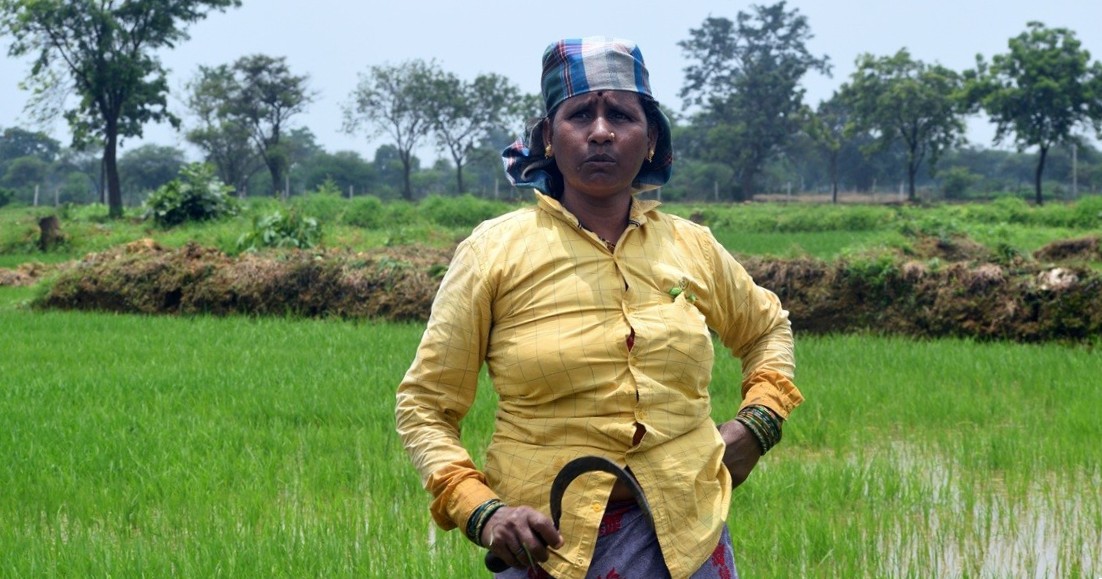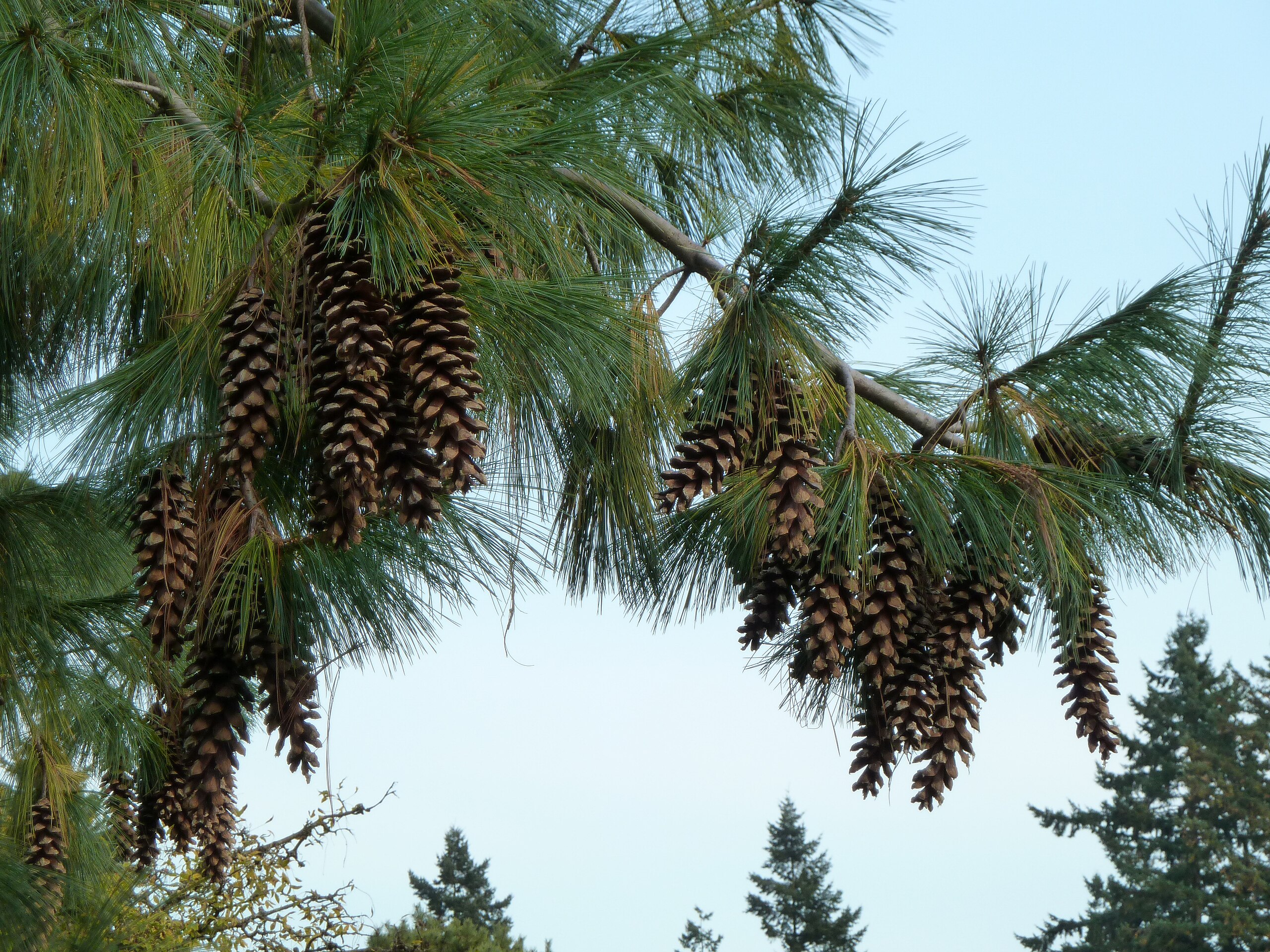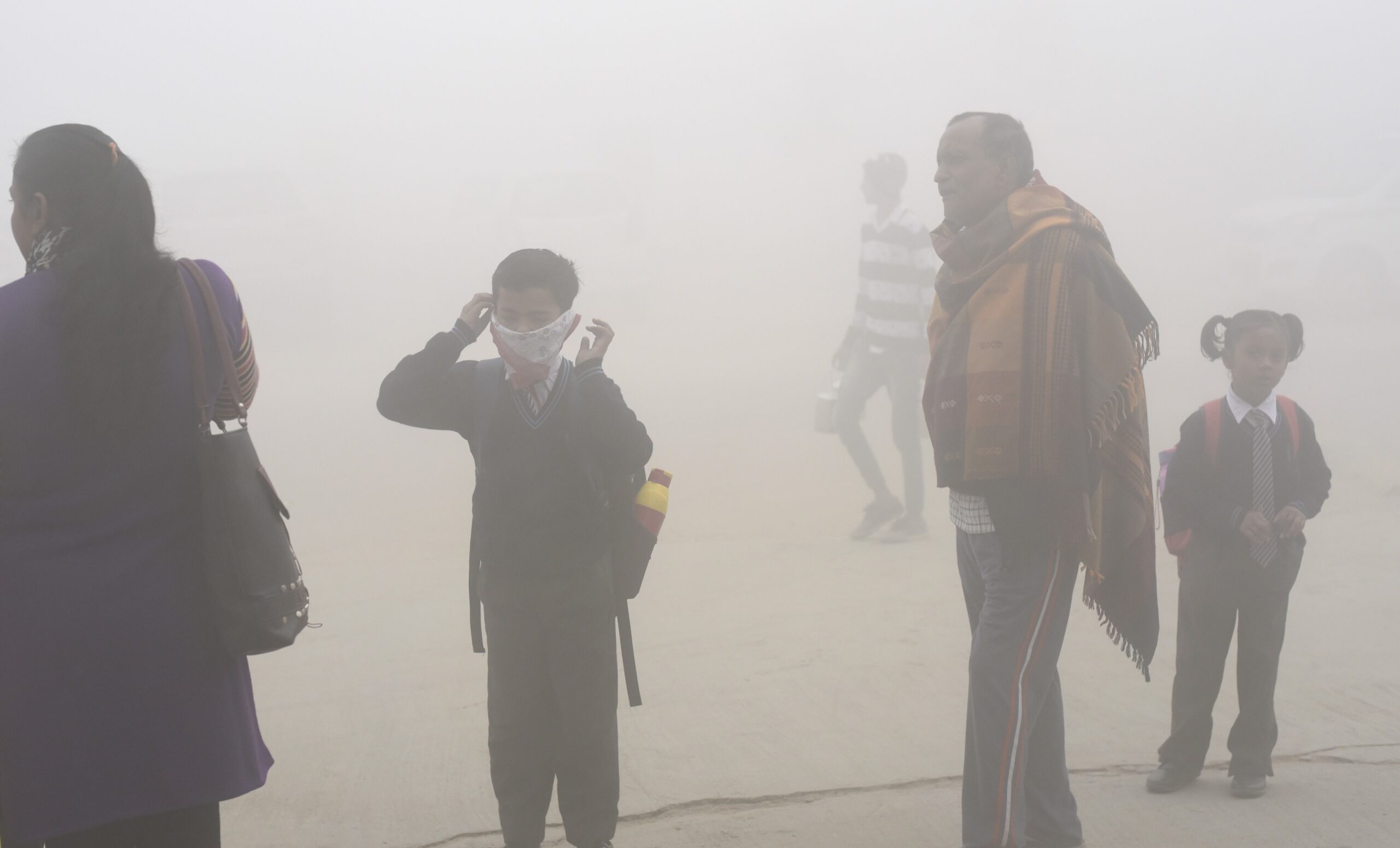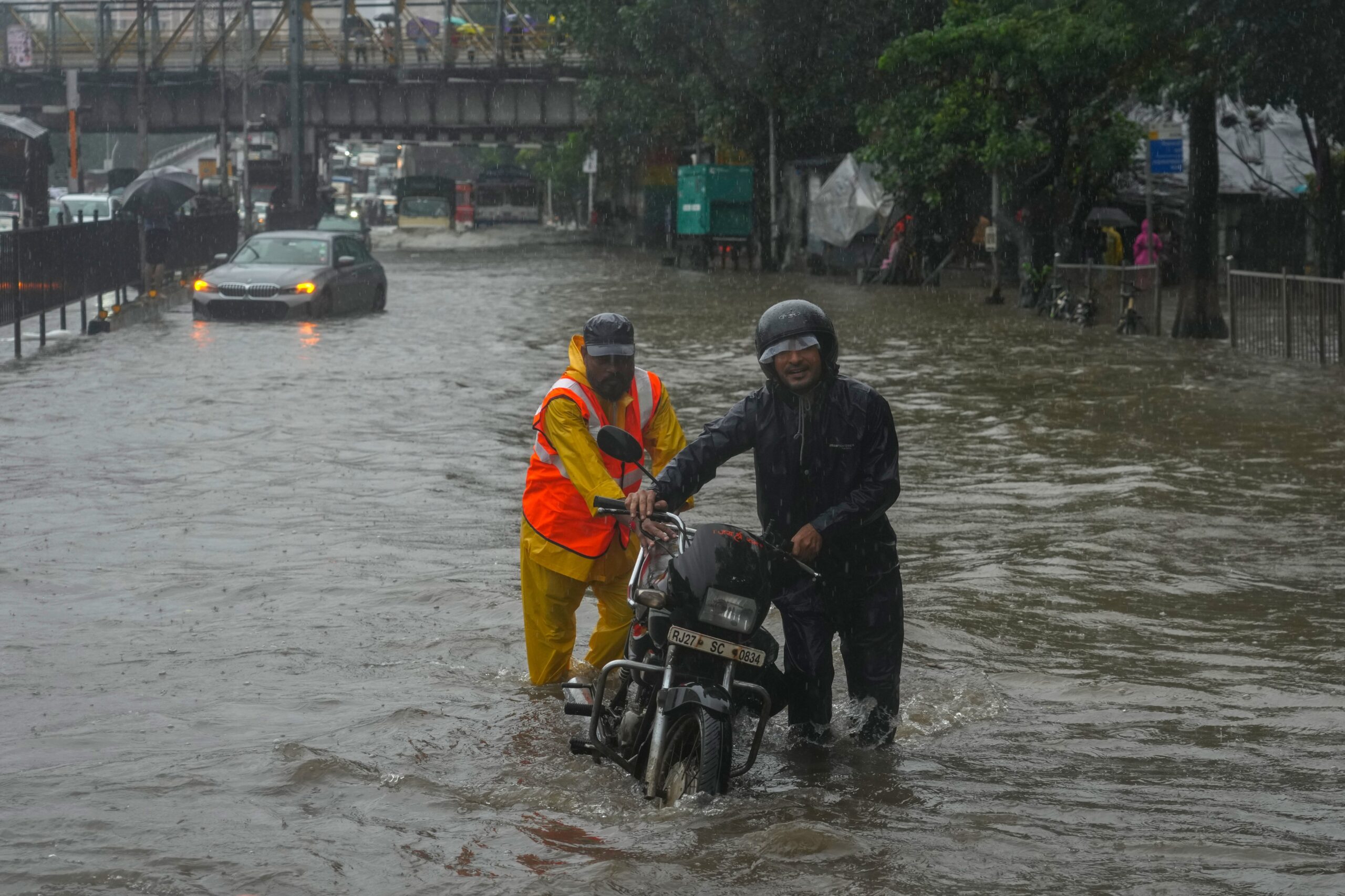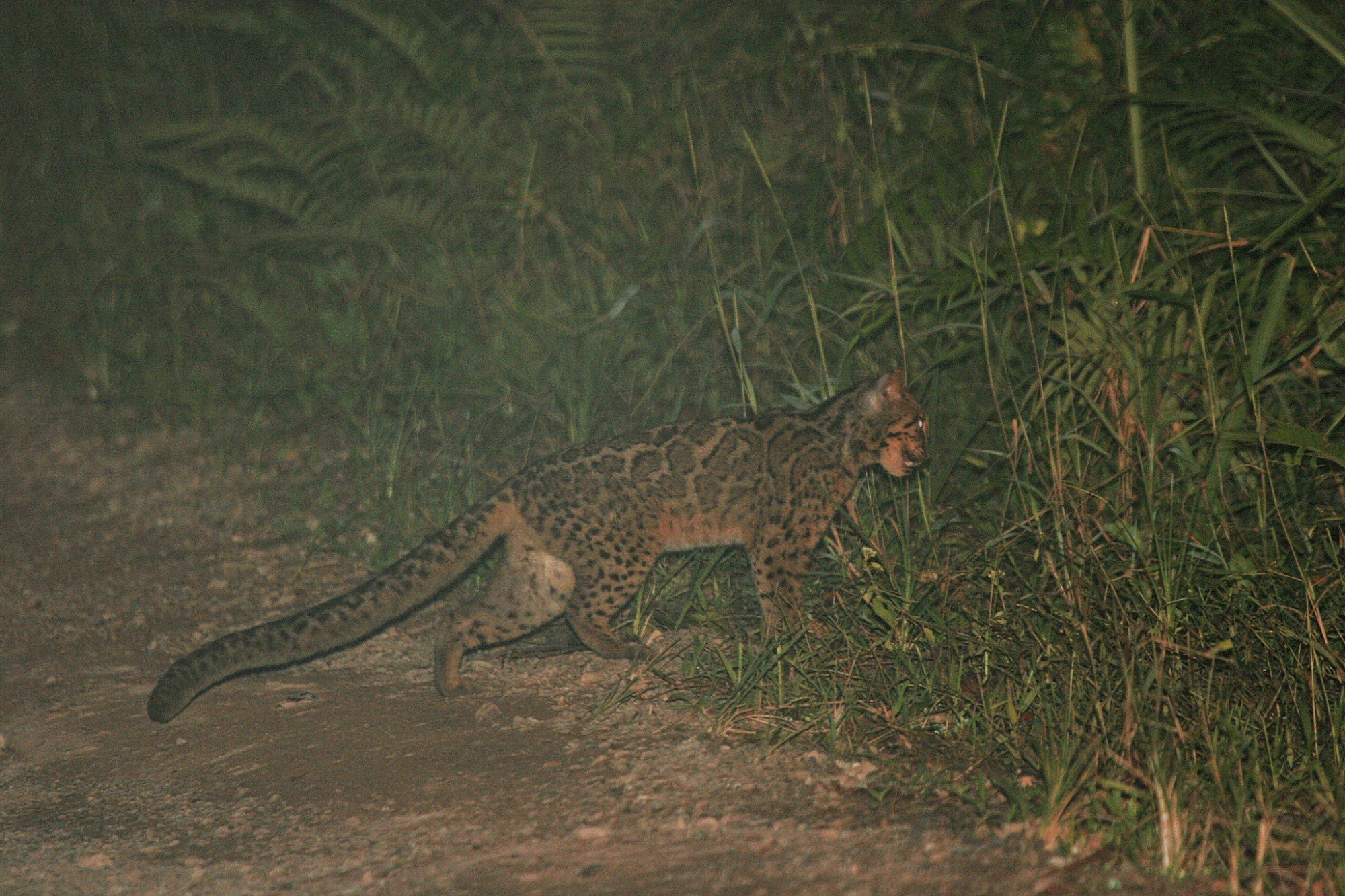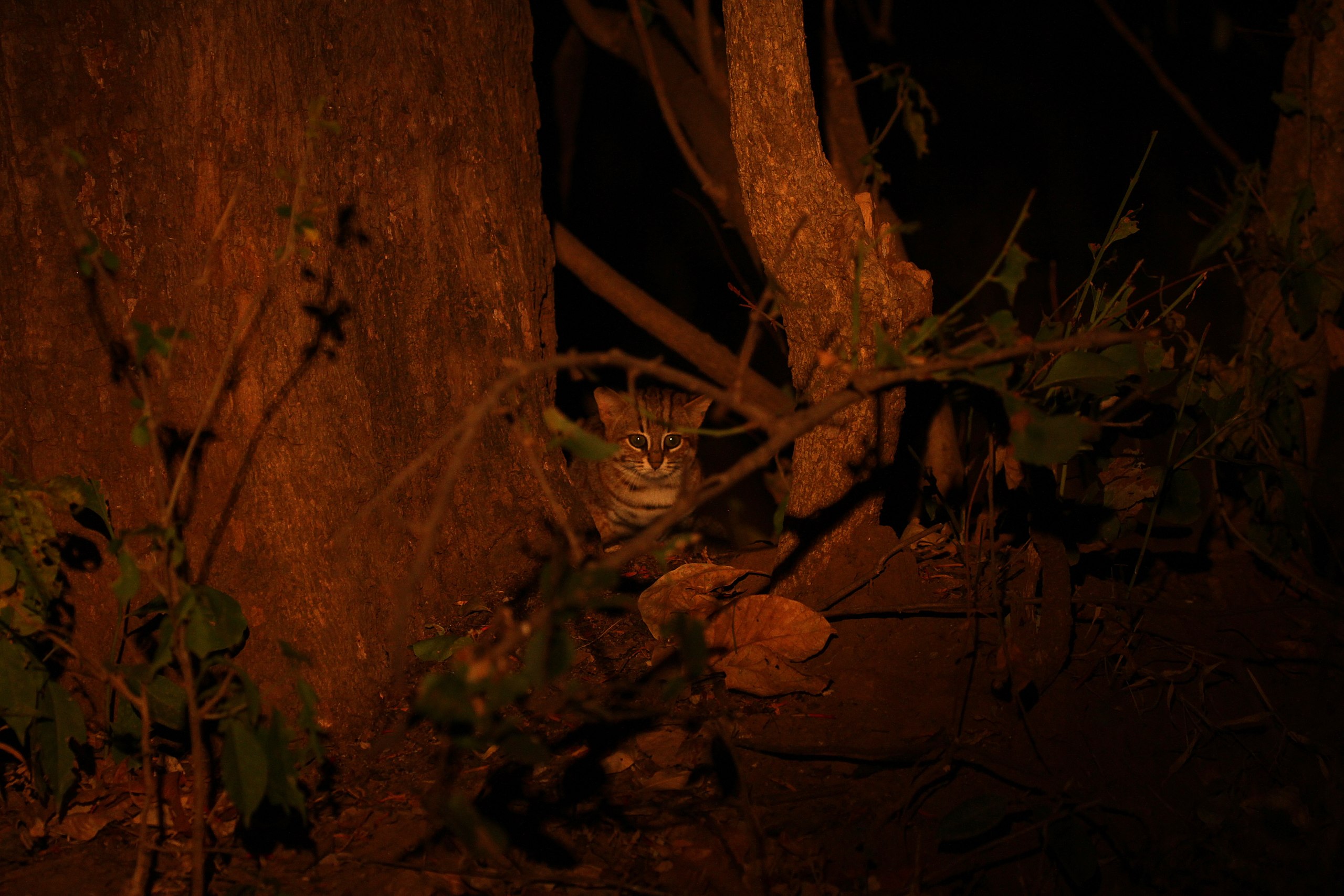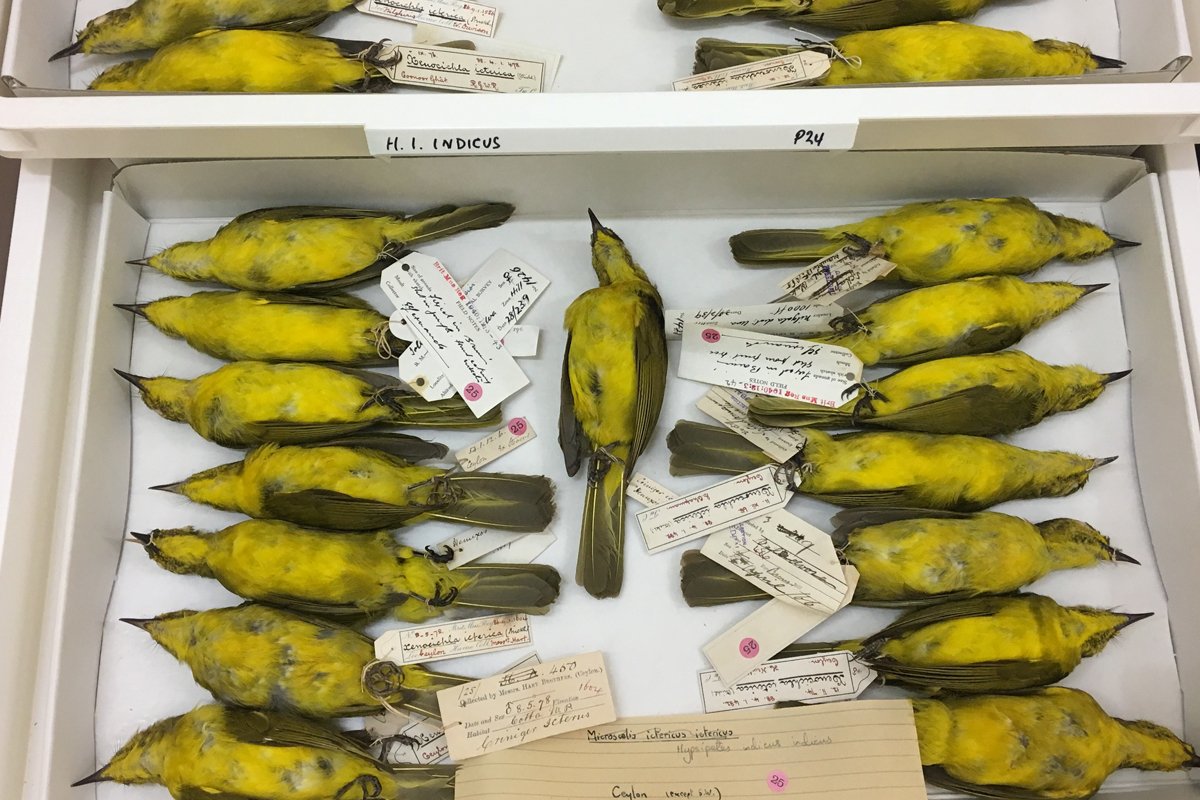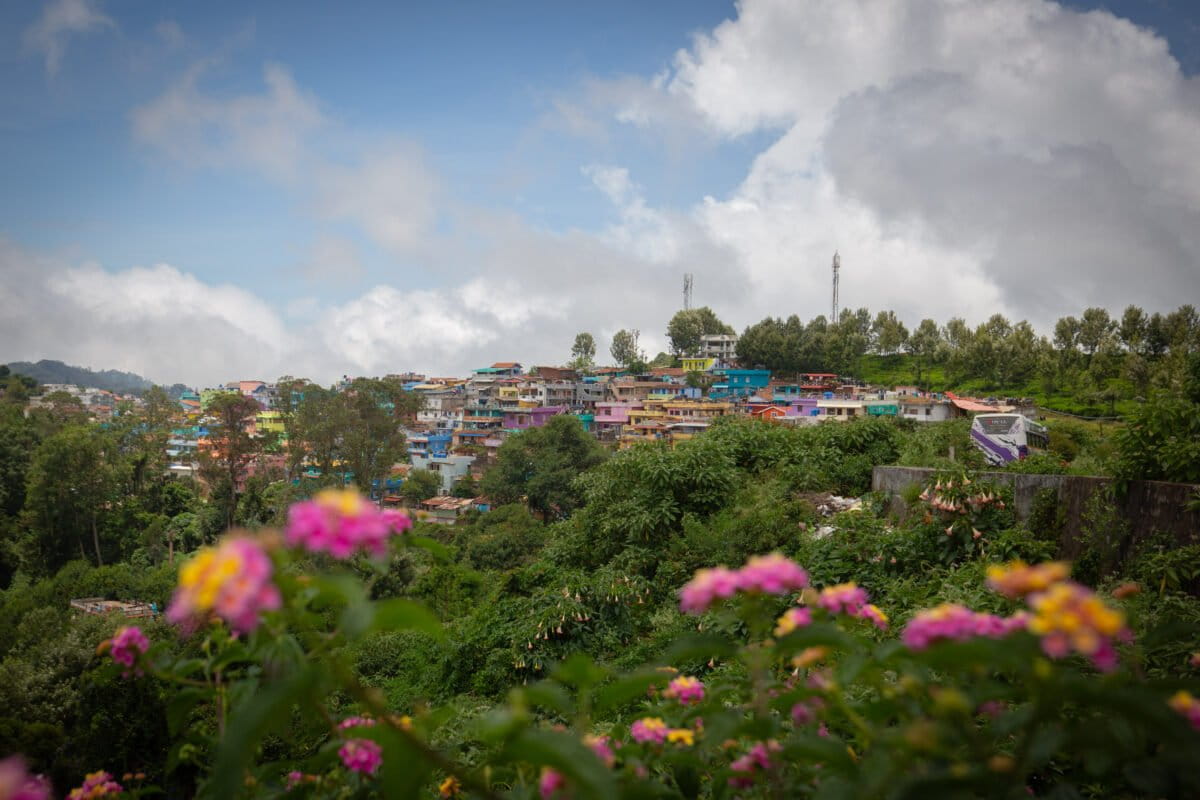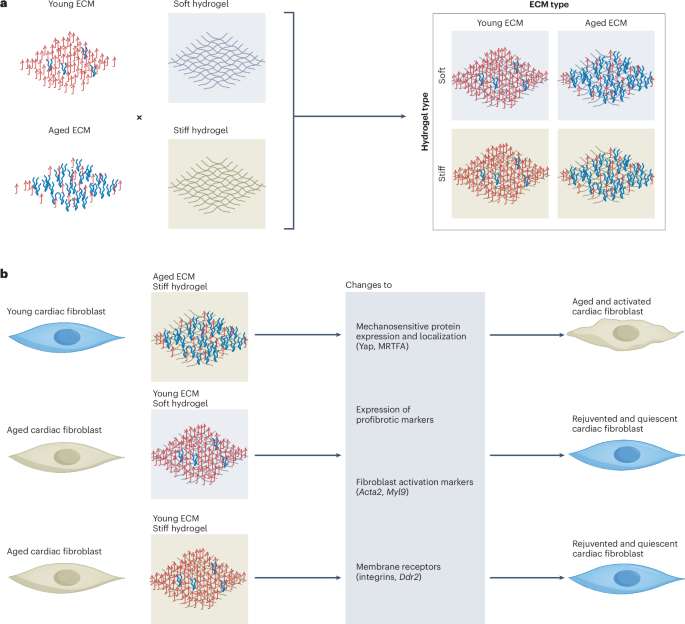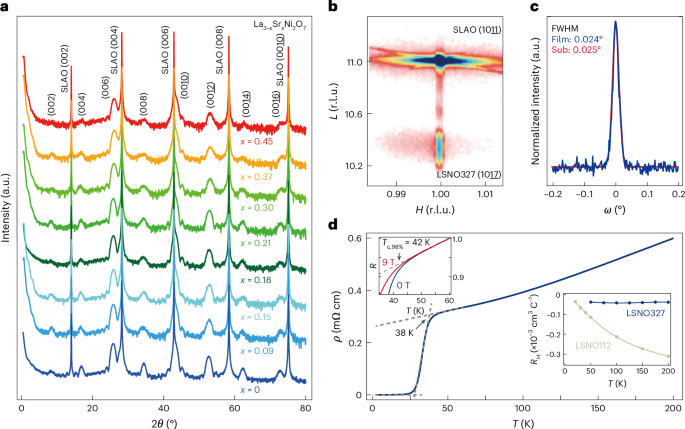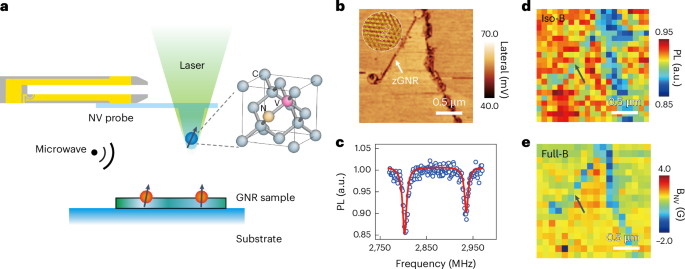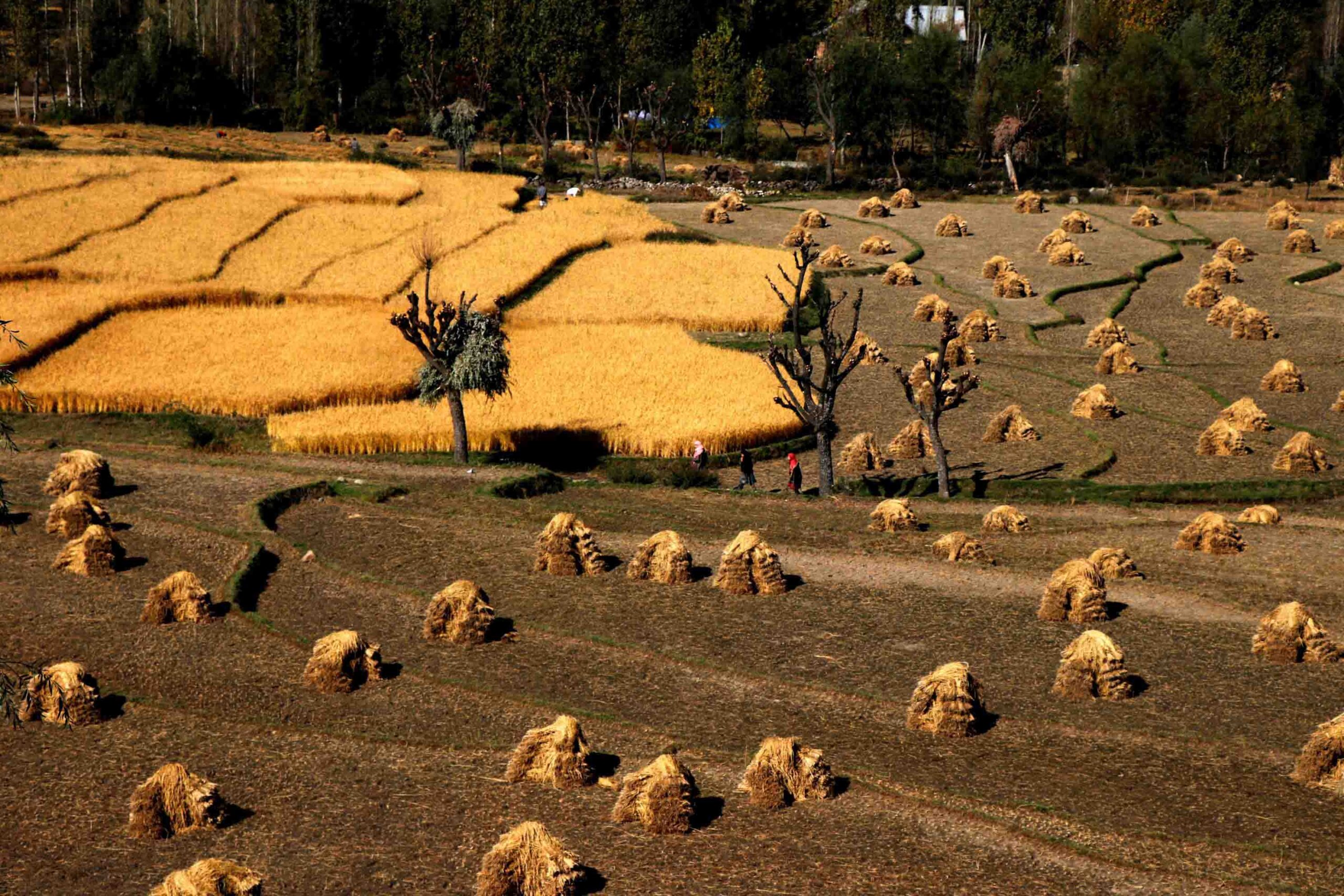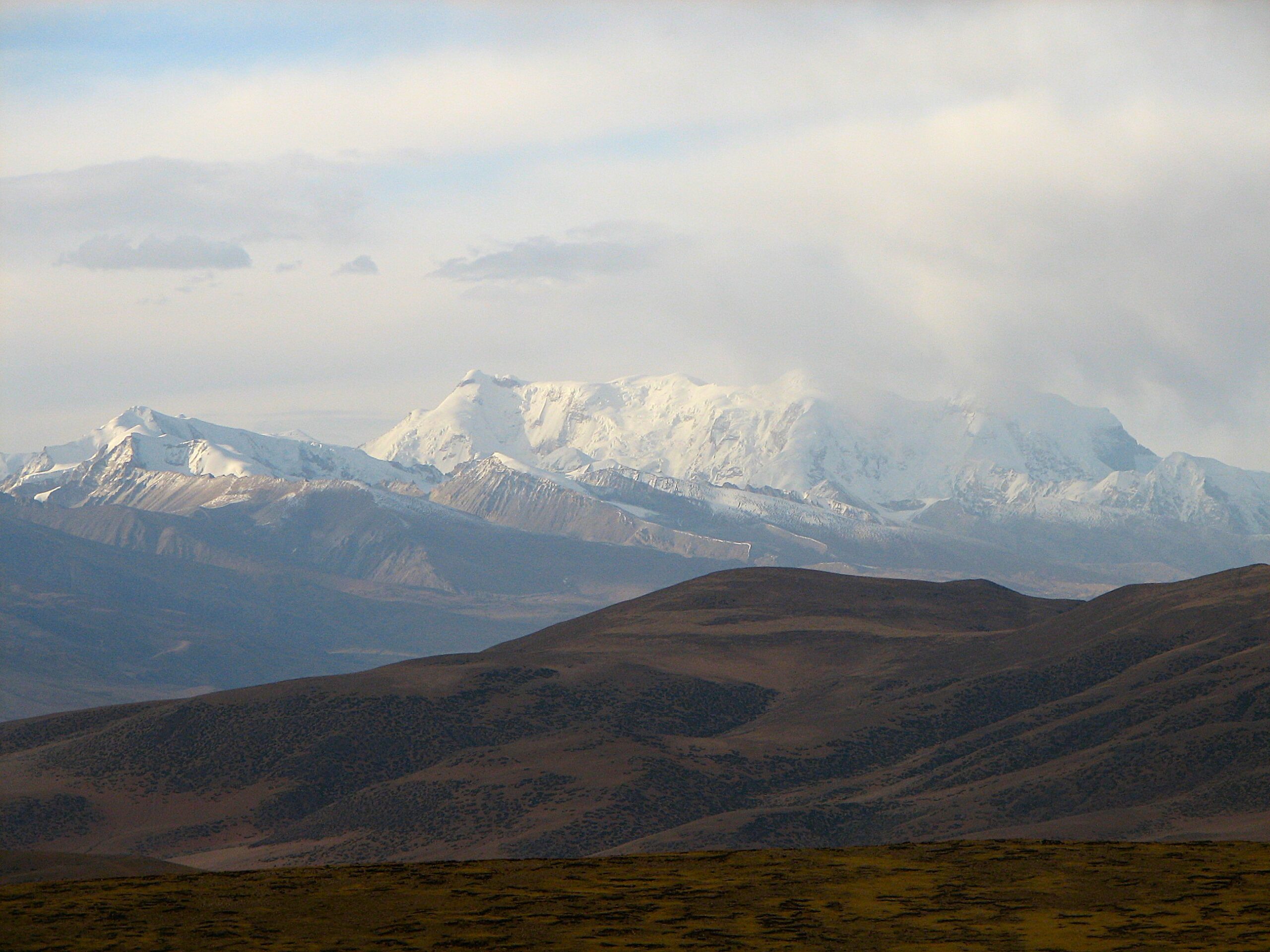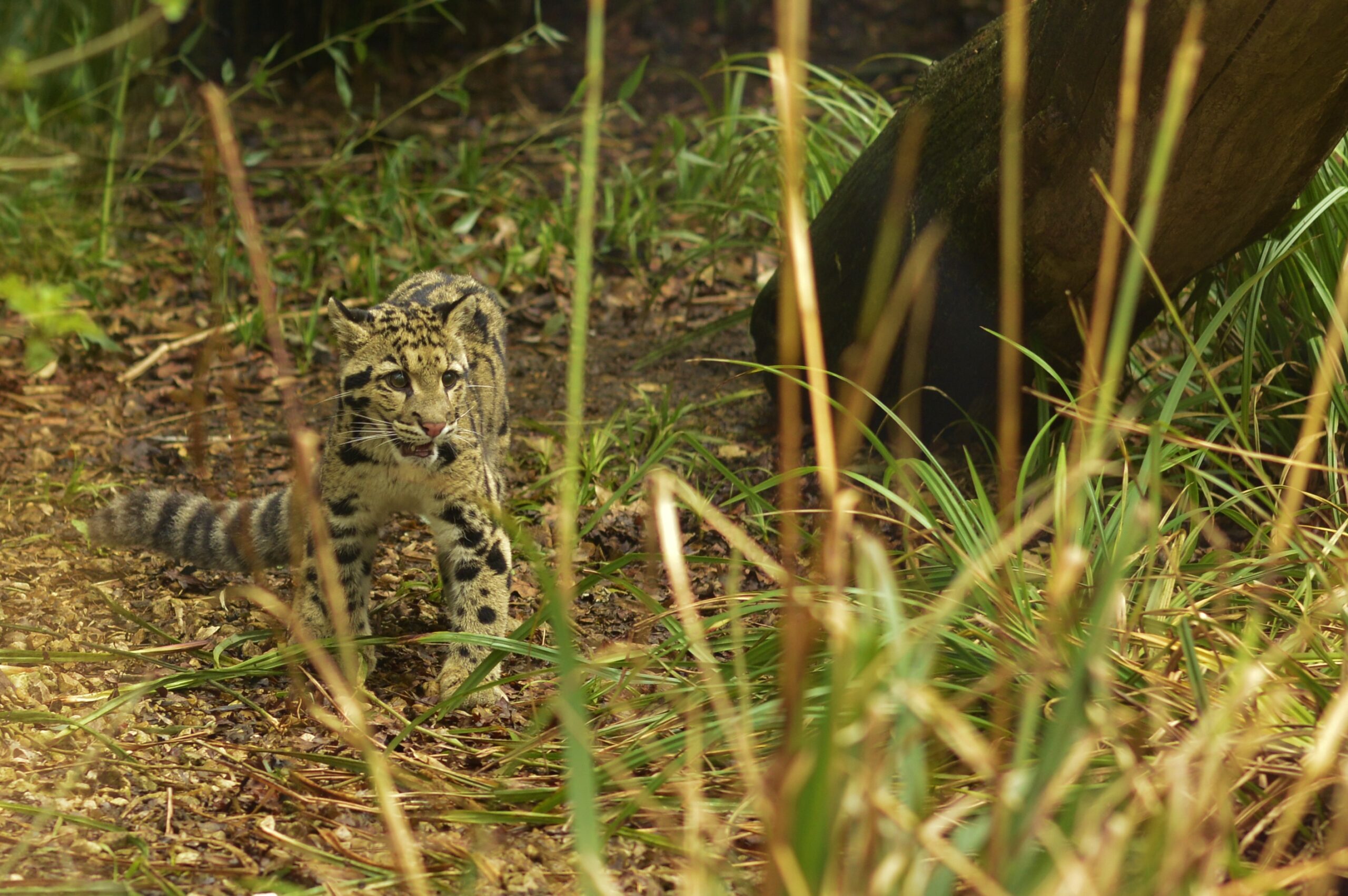
- A viral clip of a clouded leopard mother and her two cubs was wrongly reported as a new sighting from Northeast India by some media outlets and social media channels.
- The video was originally captured through a camera trap sighting of the cat family in the Tanjung Puting National Park of Indonesia.
- Experts who explained the difference between the two similar-looking species warn that such unverified reporting can lead to distortion of public understanding and record of the species distribution.
World Clouded Leopard day is celebrated on August 4 every year. This year too people familiar with the cat species posted pictures and videos to raise awareness. However, one such video post triggered a celebratory coverage in India leading to some prominent media organisations claiming a new sighting of two cubs and a mother clouded leopard in the Northeast.
Headlines such as ‘Rare footage captures a clouded leopard mother and her cubs in the dense rainforests of Northeast India’; ‘IFS officer spots rare clouded leopard with cubs in Northeast’s forest’; ‘Stunning Video Reveals The Secret Life Of Endangered Clouded Leopards In Northeast’; and ‘In a breathtaking moment from Northeast India’s dense rainforests, rare footage has captured a clouded leopard mother with her cubs’, were carried by some news outlets on social media.
The reports originated from a post on X (formerly Twitter) by former IFS officer Susanta Nanda. In his post, the former IFS officer uploaded a video of two clouded leopard cubs with their mother and said, “Elusive. Ethereal. Endangered. With barely ~10,000 left in the wild & scattered sightings in NE India, the Clouded Leopard is our most secretive big cat. Here, a rare glimpse — a mother with her cubs, guardians of an ancient rainforest. A sight so rare that it’s mythical.”
However this post was misinterpreted by some organisations which led to the claims of a new sighting in the Northeast.
Different location, different species
The video Nanda shared was originally uploaded by the Orangutan Foundation on their Instagram handle in May 2024. The video was from a trap camera sighting of the cat family in the Tanjung Puting National Park in the Central Kalimantan province of Indonesia.
Speaking to Mongabay India, Urjit Bhat, a scientist working on clouded leopards confirmed the location of the video as Indonesia and not India’s northeast.
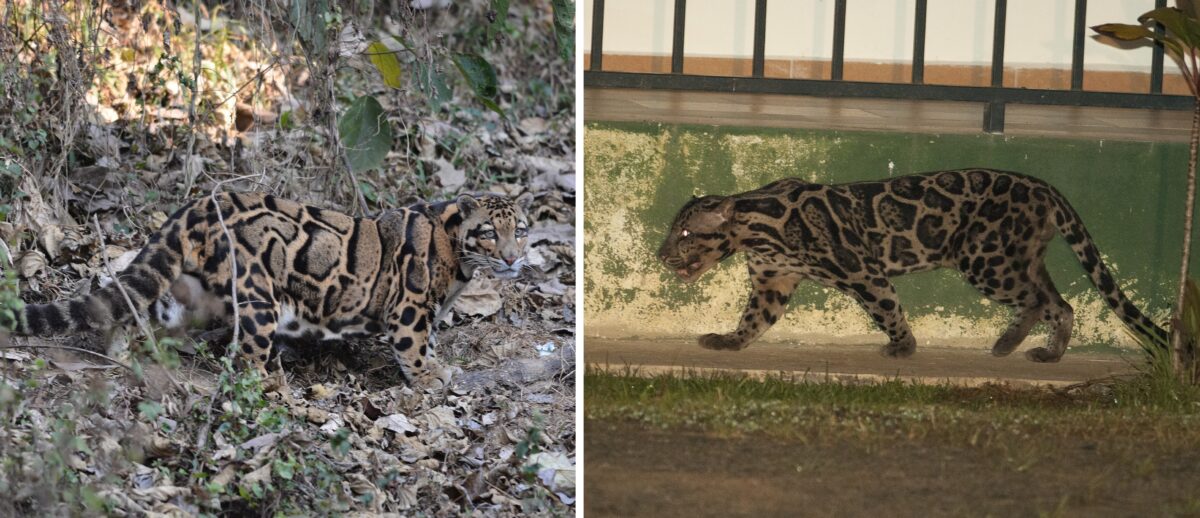
“The clouded leopard found in Northeast India is the mainland species (Neofelis nebulosa), which ranges across the Himalayan foothills and Southeast Asia. The one in the viral video was the Bornean clouded leopard (Neofelis diardi borneensis), restricted to Borneo island,” Bhat said.
Until 2007, both were considered to be one species (Neofelis nebulosa) but research later established that the cats found in Borneo and Sumatra are distinct from their mainland cousins.
“They are genetically and morphologically distinct, which is why they are recognised as two separate species. Morphologically, N. diardi typically exhibits smaller, more densely packed cloud-like markings, darker fur colouration, and a relatively shorter tail (compared to N. nebulosa),” Bhat explained.
Difficult to identify
In India, the clouded leopard is far less known than the tiger, lion or leopard largely due to its limited distribution, small population and secretive behaviour. The information about this species is so limited that people residing in areas where this species occurs don’t know the details of this felid and often mistake it for other species.
“For most people, especially outside the conservation or research community, it’s quite easy to misidentify a clouded leopard. It’s an elusive and lesser known species, and sightings are rare. Many have only seen photos online or heard of it locally, so any spotted wild cat can be mistaken as a clouded leopard,” Hiranmoy Chetia, senior field officer at Wildlife Trust of India’s Manas Recovery Project said.
“There is a possibility of confusing a clouded leopard with other species such as the leopard cat or even juvenile leopards. The most confusing is marbled cat. In some local languages, like in a recent study on marbled cat in Kakoi Reserve Forest of Lakhimpur district of Assam, both clouded leopard and marbled cat are referred to by the same name, which adds to the confusion. Their body size and coat patterns differ, but unless one is trained or has prior experience, these distinctions are easily missed,” Chetia elaborated.
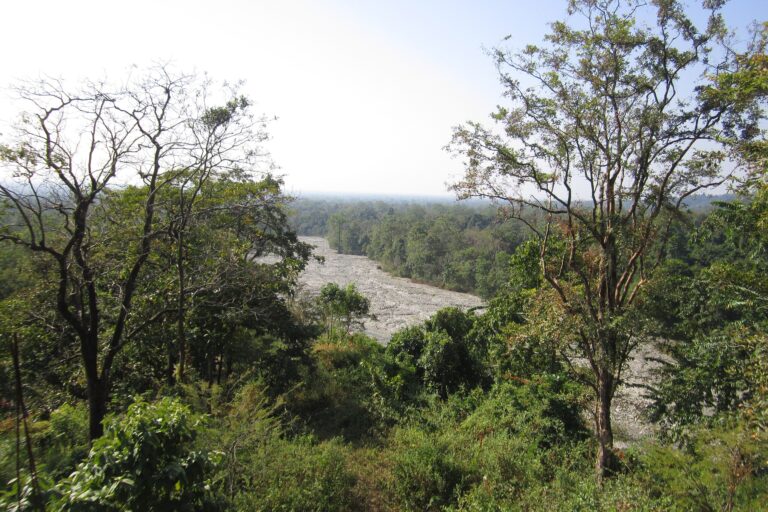
Misreporting fuels confusion
Unverified reporting on a lesser-known species can affect public understanding of these species and their behaviour. In the longer run, it can also affect conservation efforts and the participation of local communities.
“When media outlets misidentify species or recycle unrelated footage, it distorts public understanding of biodiversity and conservation priorities,” Chetia said.
Highlighting the importance of accuracy in the species’ distribution, Bhat said, “Misreporting wildlife sightings can create false impressions about where a species occurs, which risks misleading both the general public and policymakers.”
“The problem worsens when major outlets simply amplify social media posts without verifying accuracy, as seen recently with this when mainstream publications publicised the Bornean clouded leopard video as if it were from Northeast India” he added.
Misreporting on lesser-known species can make matters worse as there is very little information available among people. “For lesser-known species like the clouded leopard, false reports can mislead policy discussions, skew conservation narratives, and even undermine trust in authentic sightings or research. Accurate information is crucial to raise awareness meaningfully and support conservation efforts,” Chetia said.
“For elusive and lesser-known species like the clouded leopard, already difficult for researchers to study, such errors can distort conservation priorities and weaken trust in conservation efforts,” Bhat concluded.
Read more: First photographic record of a clouded leopard preying on a Bengal slow loris
Banner image: A clouded leopard in Cotswold Wildlife Park in the U.K. Representative image by Richard via Wikimedia Commons (CC BY 2.0).





